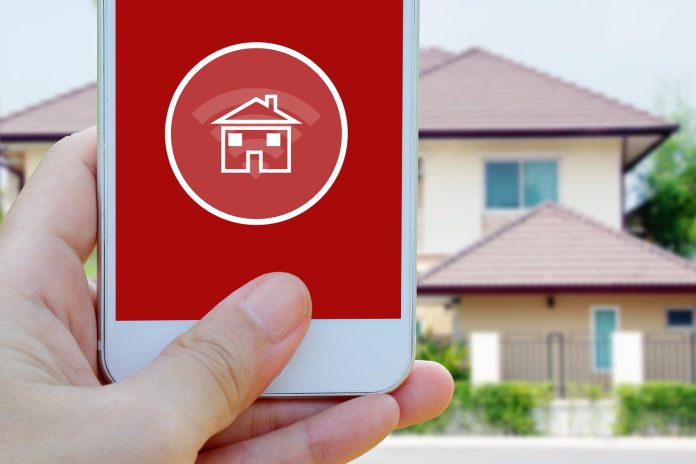ACCORDING to researcher Strategy Analytics, it’s time the alarm monitoring industry changed its name. The group argues that changes being wrought by smart home technology are so fundamental they might have broken the old monitoring business model.
STRATEGY Analytics describes the alarm monitoring model succinctly in its report – we’re all familiar with the business model. Install a controller, a couple of reed switches, 3-4 PIRs, a keypad and siren box – all very robust analogue technology that never dies – then enjoy the recurring revenue of dollar-a-day monitoring fees forever. But we also know that along the way, this happy business model ran headlong into seismic changes in consumer tech, which over a remarkably brief period saw mobile phones going from being communications devices to interactive interfaces for all of a user’s online activities – from personal and business communications to banking to social media.
Then there’s the evolution of the applications residing on mobile devices that allow users to interact with websites and remote controllers. Through a confluence of technological developments, including broadband networks infrastructure, video compression and affordable HD cameras, it’s also now possible to monitor video footage as well as alarm events in the home or business from anywhere in the world.
Some of what Strategy Analytics is talking about is stuff progressive suppliers and manufacturers in the monitoring industry have been talking about and striving towards for many years but the researcher has its eye on players we’d not typically think of when considering home security solutions – Ingersoll Rand and D-Link, as well as retailers and telcos.
“Collectively, we believe the additional capabilities (of home automation) will increase the appeal of professionally monitored security beyond consumers interested in only security to those interested in remote home monitoring and control capabilities,” says Strategy Analytics.
“In fact, in our opinion, it is time for security services providers to re-think naming and branding of their services to encompass a more holistic home-management theme…we forecast the adoption of self-monitored systems in conjunction with professionally monitored security systems.”
Strategy Analytics consumer surveys were highly revealing and focused on homeowners’ interest and willingness to pay for smart home capabilities such as interactive security services. The results were positive but it’s hard to say for whom. The survey found 22 per cent of online households currently subscribe to professionally monitored security, paying, on average, $US39 per month. Meanwhile, 43 per cent of those not subscribed to security services said they’d be interested if they were at no cost and of these, 86 per cent said they would pay up to $16 a month.
In another question, 31 per cent of all online households reported that they would be interested in or very interested in a self-monitored security system that would allow them to monitor their home for burglary, fire and other emergencies, but would only notify them or designated people by text or email in case of emergency and not notify the authorities. At the same time, 87 per cent of these (or 27 per cent of all online households) said they would be willing to pay up to $15 for such a service.
Based on these and other responses, Strategy Analytics argues that by 2020 the number of households with interactive security will edge past those with traditional security systems, and the percentage of all households with some form of monitoring system will reach nearly 50 per cent. Something researchers picked up on was the fact that interest in video verification is growing in the security industry, as well as in law enforcement and insurance circles.
According to Strategy Analytics, the attraction of CCTV is that it allows home owners with access (and their professional monitoring teams) to confirm real intrusions, at the same time as it allows meaningful investigations after the event. For insurers, deterrent must also be a consideration. A key aspect of CCTV for video verification is some sort of open standard, which is being pursued by a number of groups in the alarm monitoring industry.
Variations in platforms are something else that is changing and there a number of options – these vary depending on the business model the supplier has adopted. That business model might be cloud-based – the cloud component is the ring master of the overall system and manages the way devices in the home automation solution interact with each other and with the mobile deice to which they report.
“The residential security industry in the U.S. is in a technological transition after decades of stagnation,” said Strategy Analytics. “In fact, monitoring homes for intrusions, fire, smoke and other security breaches is no longer sufficient in the eyes of many consumers. People are seeking to be constantly connected with their homes just as they have become connected to their family, friends, business associates, banks and travel plans.
“Many people will continue to want their security systems professionally monitored by monitoring stations, but an increasing number will opt for self-monitored systems to avoid expensive monthly fees. Video-verification capabilities provided by platforms will grow in popularity as alternatives to professionally monitored systems, as people become aware of the advantages they provide when seeking assistance in emergency situations.”♦











